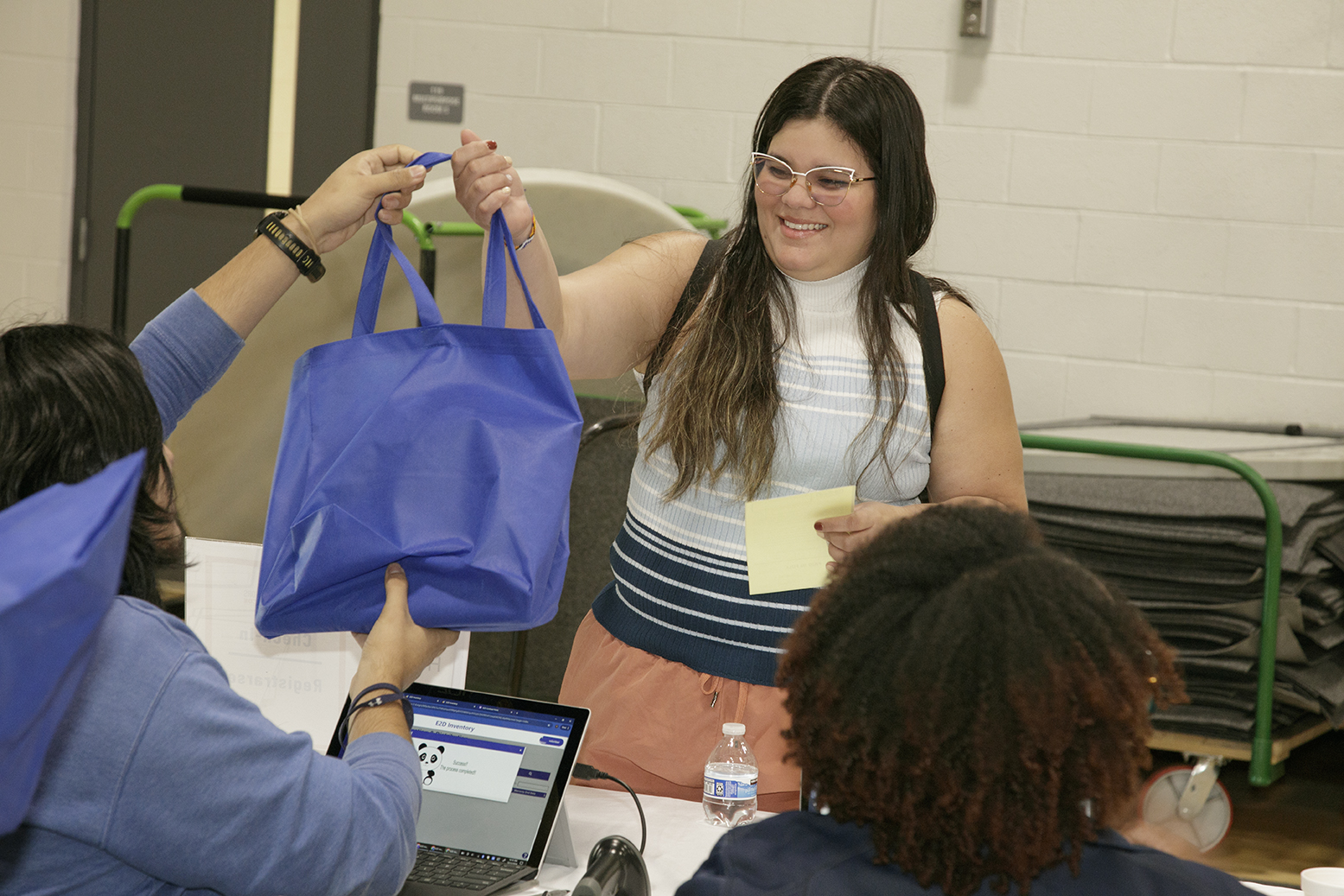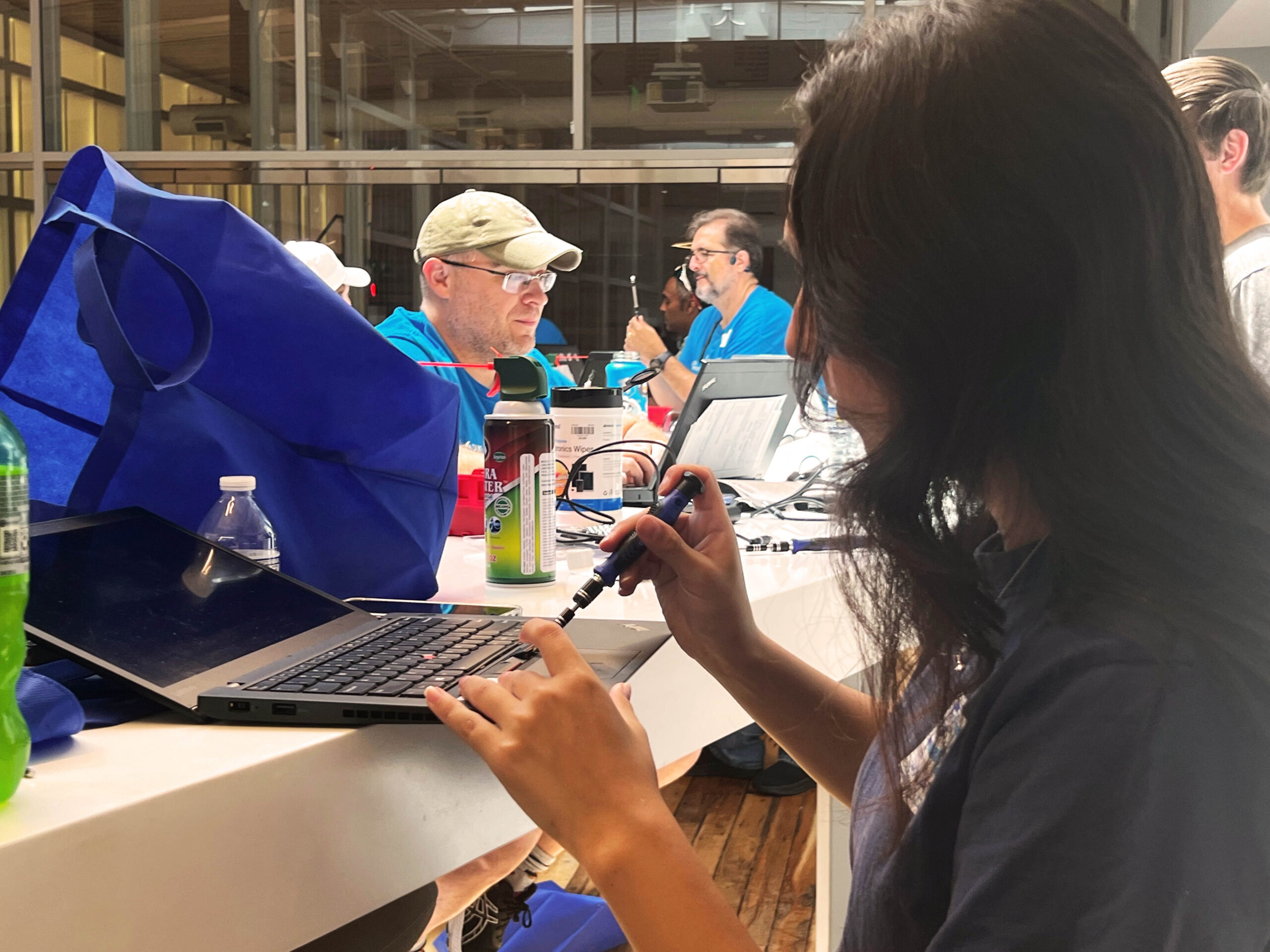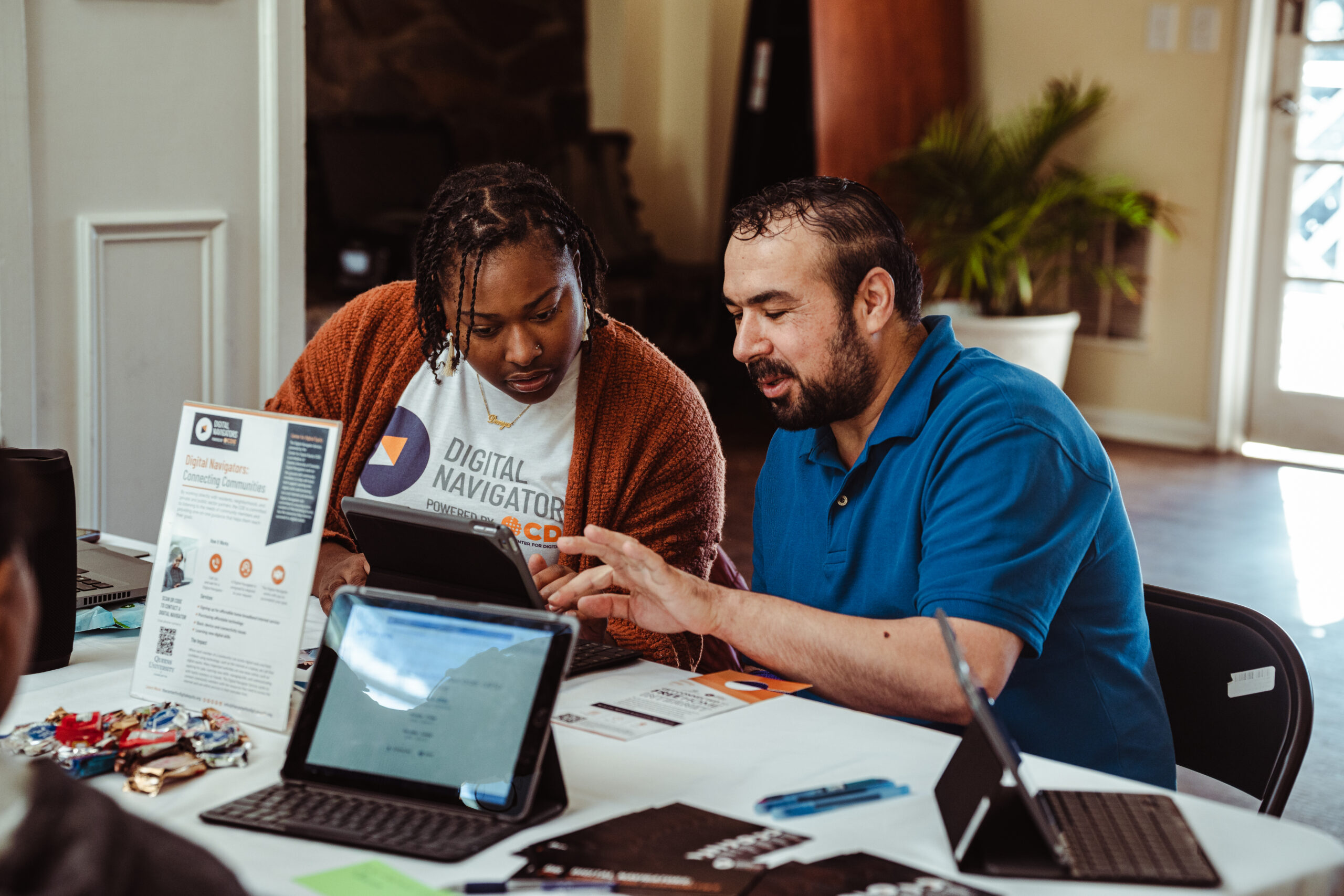Device and Connectivity OKR:
Develop local mechanisms and funding that support the most vulnerable (nine covered populations) in maintaining their internet service.
This year, a significant policy shift disrupted our plans to help covered populations maintain internet connectivity: The Affordable Connectivity Program (ACP), which heavily subsidized internet access for low-income households, ran out of funding much more quickly than anticipated.
What happened. As of February 7 of this year, the Federal Communications Commission (FCC) announced it was freezing enrollments for the ACP due to funds being exhausted. This created a huge issue, as the CDE had a grant that it had secured, together with INLIVIAN (see the midyear impact report for more details) to connect those who might not otherwise be able to afford internet access. Naturally, the program’s sudden freeze left many at risk of losing their internet connection. It also meant that the CDE needed to change parts of its strategy, and quickly, as our teams had spent a lot of effort creating campaigns to get people to adopt this benefit.
What we had done up until this point. Before the announcement, roughly 2,667 in-property INLIVIAN households have received direct marketing materials to increase their awareness of the ACP benefit. This included door hangers on units and flyers and postcards in buildings, as well as enrollment events hosted at their properties. Additionally, all 5,000 Housing Choice Voucher households have received two mailers, one in English and one in Spanish, to both increase awareness and make the ACP application more accessible.
Our response. Upon learning about the end of the ACP, the CDE immediately developed a transition plan with two key components:
- Advocacy efforts to try to get the ACP funding renewed and/or find alternatives; and
- Community outreach to inform residents about the program’s end and explore alternative options (for example, expansion of Access Charlotte).
The goal was to create a transition plan that then ensured we were able to support not only those that didn’t have internet yet, but also those that had internet but are now at jeopardy of losing that connectivity.
For its part, INLIVIAN (and their CORE team specifically) were fantastic partners here. They were supportive throughout the ever-changing landscape, and we navigated this change. They even partnered with us to hold what we called “Digital Navigator office hours” at their headquarters, which allowed us to have additional in-person touch points with the residents we may have previously helped with ACP. This clearly played a huge role in maintaining the trust of the residents and continued faith in the mission and activities of the CDE and ecosystem partners.
Lessons learned. This situation underscores the importance of being adaptable and resourceful in a changing environment. The CDE remains committed to finding solutions for vulnerable populations facing challenges with internet connectivity; we will continue to advocate for programs like the ACP and explore additional partnerships to bridge the digital divide.




